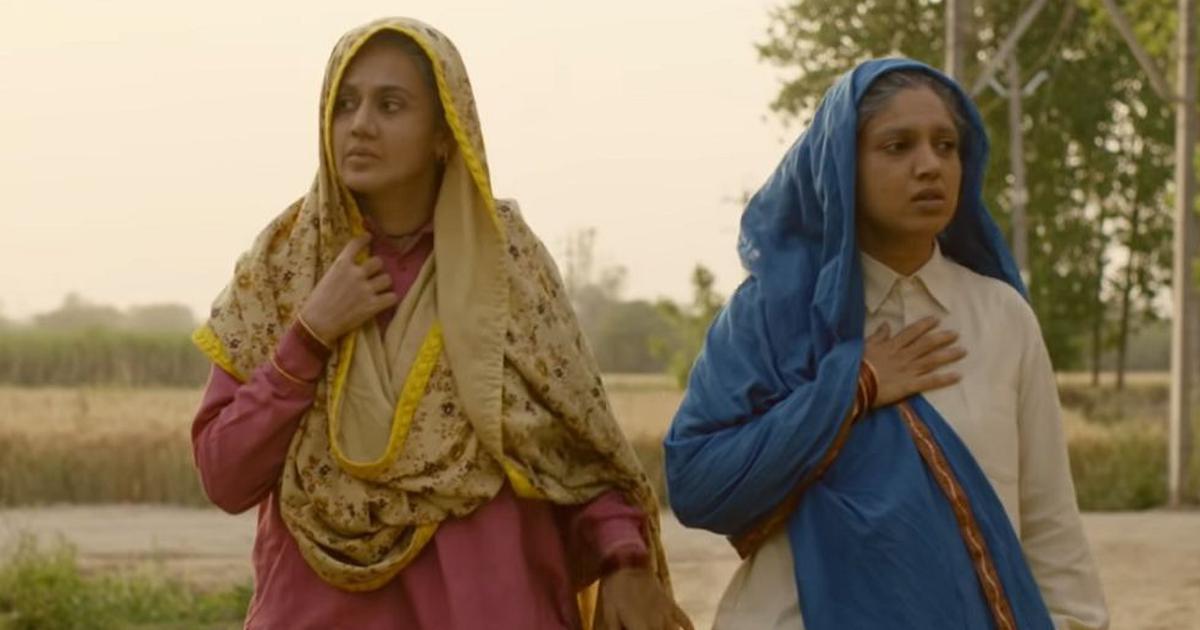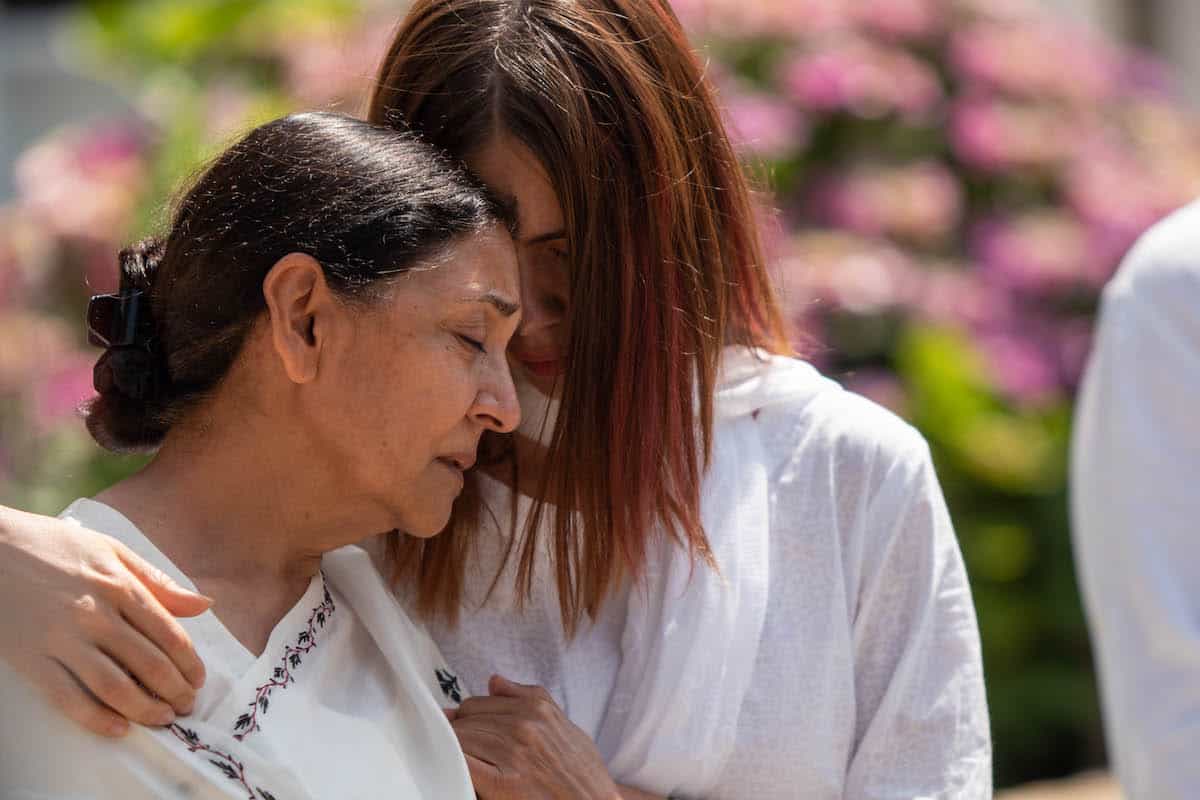By Rachit Raj
Saand Ki Aankh often refers to the Mehboob Khan directed Mother India. It seems like an obvious choice by the makers of the movie to present the shooter-dadi duo as some sort of successors to the iconic protagonist of that movie. The parallels are quite obvious when you recall the final scene of that movie and read about the true story of Chandro and Prakashi Tomar on whom Saand Ki Aankh is based.
Writer Balwinder Singh Janjua and director Tushar Hiranandani, however, forget the thing that made Mother India a premier feminist movie of our country. The secret lies in focusing on strengthening the story-telling, and a strong feminist message will simply become a natural byproduct of a story that is inherently a fantastic tale of women empowerment (which was also a major strength of Sujoy Ghosh’s Kahaani). These movies never tried to be a feminist movie. They simply told stories of strong female characters, and in doing that they did what a lot of “feminist movies” fail to do – get their gender politics right.
In Saand Ki Aankh, feminism becomes more of a tool than an it should. Certain dialogues are placed not because the narrative needs it but because it serves the purpose of making the patriarchal truth of rural U.P. more obvious. There is something about men telling women’s stories that reeks of falsity. There has to be this figure of authority who is so hateful that there is literally nothing more to him than being a shrewd, unapologetic misogynist (Prakash Jha). Then there is a softer, understanding male figure who guides the women out of confinement (Vineet Kumar Singh). There are a few punchy dialogues which erase any scope of the obvious feminism on display being lost in the process of story-telling.
Saand Ki Aankh uses all these methods as crucial crutches to ensure that the movie never feels honest enough to feel real and ugly enough. It further hurts when your two protagonists are plastered with one of the worst make-up fiascos in recent history. Tapsee Pannu and Bhumi Pednekar are powerhouses of talent and in little moments they show what they bring on the table, but playing characters that are double their real age is a challenge that is too stiff for them. They never look like they are in their sixties and it gets worse when the actors playing their husbands are visibly closer to their onscreen age. A look at Mother India reminds you that this is nothing new. Nargis played Sunil Dutt’s mother in that movie and never made you feel like it was an uncomfortable transition. Nargis’ hands moved lethargically in the latter half of Mother India, as if trying to convey that ache in her fingers without ever speaking about it. Here the two women move too swiftly, their reflexes uncharacteristically sharp. Their face looks awkwardly baked and while their accent is good; their voice never feels like it belongs to the characters they are playing.
Tushar Hiranandani tries to keep the mood encouraging and upbeat throughout the movie. This results in the movie being extremely loud for most parts. Humour becomes the directors’ best-friend and subtlety dies a slow, neglected death. Everything is spelled out for the audience, assuming that the audience will comprise of people who will need to be told that a gun is a “mard ka gehna” in order for them to celebrate when the two women hold guns and shoot for glory.
Saand Ki Aankh is not an entirely bad movie, it is just not good enough. Moments that feel real are too few and far, and the consistently comical tone of the movie eventually starts to make this inspiring real-life story seem like a caricature of these women. Sadly, bringing two uneducated, oppressed women together and telling their peculiar story of resisting patriarchy does not ensure a good cinematic work. A work of art demands rhythm, tone and consistency, and Saand Ki Aankh seems too deluded by its humorous tone to explore the little details of the life it sets out to adapt on screen.







Leave A Comment
You must be logged in to post a comment.